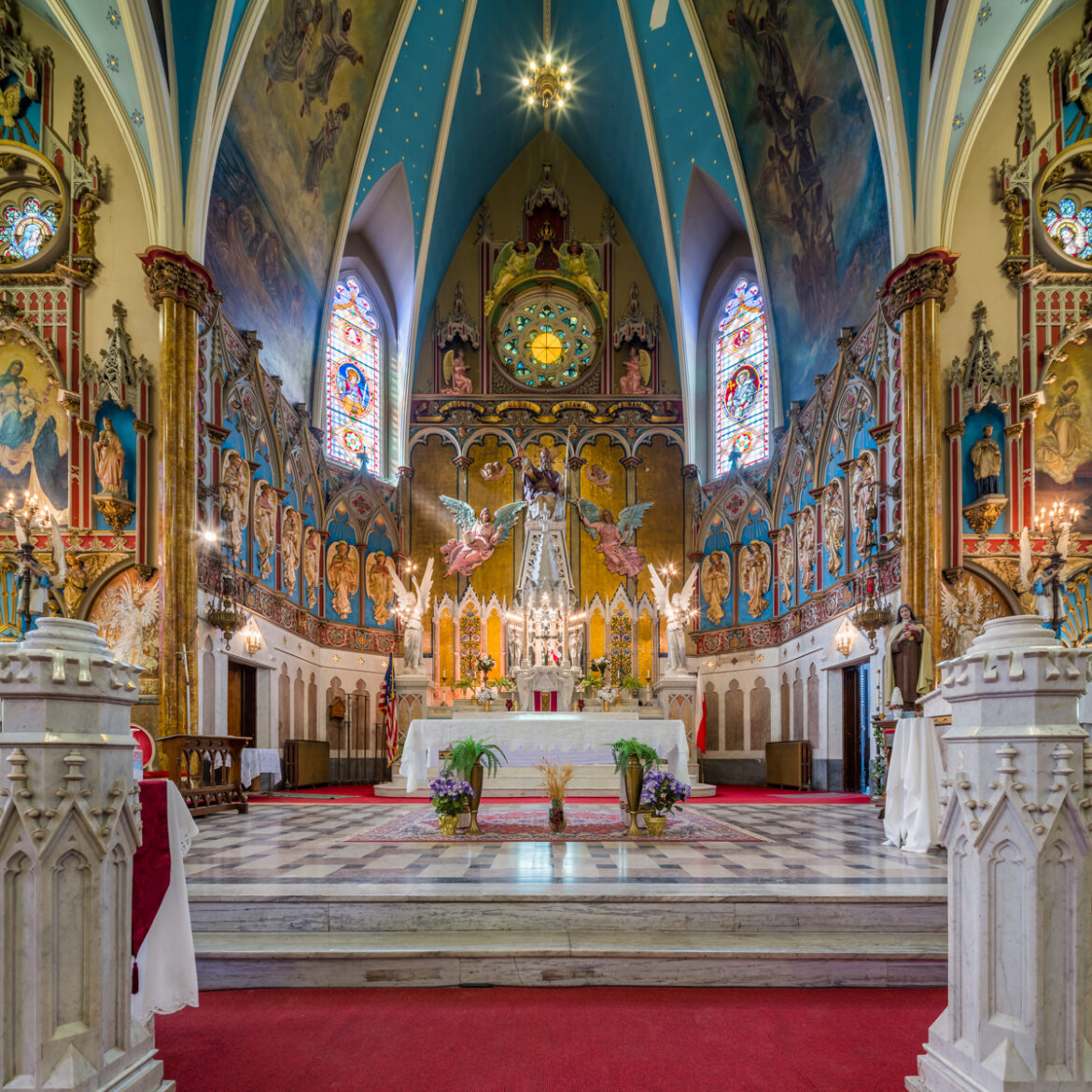The establishment of the Church of England marks a pivotal moment in the tapestry of Christian history, intertwining faith with the socio-political milieu of 16th-century England. This transformation was not merely a religious schism; it was the seed of a broader reformation that reverberated throughout Europe, forever altering the landscape of Christianity. The genesis of this institution is complex, rooted in both theological disagreement and personal ambition, and it invites contemplation on the interplay between faith and governance.
Early Influences: The Seeds of Discontent
The story begins long before the formation of the Church of England. The early 16th century in Europe was characterized by an undercurrent of dissatisfaction with the Catholic Church, primarily due to its perceived corruption and the opulence of its clergy. Reformers like Martin Luther challenged the doctrines of the Church, demanding a return to scriptural foundations and a re-examination of ecclesiastical authority. In England, this sentiment grew amidst a burgeoning sense of national identity and the desire for ecclesiastical autonomy.
The Decisive Break: Henry VIII’s Reformation
The timeline of the Church of England’s establishment is inextricably linked to King Henry VIII, whose contentious desire for an annulment catalyzed the schism. In 1527, Henry sought to dissolve his marriage to Catherine of Aragon, failing to produce a male heir, and sought the Pope’s consent. The Pope, however, remained reluctant, particularly due to political pressures from Catherine’s nephew, the Holy Roman Emperor Charles V. Frustration mounted, and thus began a series of events that would lead to what is now recognized as the English Reformation.
In 1533, after secretly marrying Anne Boleyn, Henry took the monumental step of declaring himself the Supreme Head of the Church of England through the Act of Supremacy in 1534. This act was not merely a personal statement but a foundational document that severed ties with Rome, consolidating ecclesiastical authority within the monarchy. The break heralded a new era, wherein the English Crown assumed dominion over religious matters, entwining governance and theology with unprecedented intensity.
Consolidation of Power: The Tudor Dynasty’s Role
The establishment of the Church of England did not culminate with Henry’s declaration; rather, it initiated a tumultuous era of religious flux, characterized by alternating policies under subsequent monarchs. The reign of Edward VI, son of Henry VIII, witnessed further reformation, embracing Protestant ideologies. Under his influence, the Book of Common Prayer was introduced in 1549, standardizing worship in English and affirming the Church of England’s break from Catholic traditions.
However, this Protestant advancement faltered with the ascension of Mary I, who vehemently opposed her father’s legacy. Her reign from 1553 to 1558 saw a forcible return to Catholicism, culminating in the persecution of Protestants, earning her the moniker “Bloody Mary.” This rollercoaster of religious policy not only defined the faith landscape of England but also ignited fervent debates over the nature of authority, personal conscience, and the role of government in matters of faith.
The Elizabethan Settlement: A Compromise Forged in Crisis
Upon the death of Mary I, Elizabeth I ascended the throne, heralding a period often referred to as the Anglican Settlement. Elizabeth’s pragmatic approach sought to transcend the extremes of her predecessors, establishing a faction of worship that appealed to both Catholics and Protestants. The Act of Uniformity of 1559 reinstated the Book of Common Prayer, albeit revised to accommodate both traditions, striving for a middle path that sought to placate a divided populace.
Moreover, Elizabeth’s compromise was not merely an ecclesiastical maneuver; it entailed a profound shift in religious identity. The Church of England emerged as a distinct entity, embodying a unique theological position encapsulated in the Thirty-Nine Articles, which articulated its beliefs and practices, setting it apart from both Roman Catholicism and other Protestant denominations. This intellectual landscape encouraged broader interpretation of scripture and an alignment with the emerging humanist currents of thought.
A Legacy of Influence: The Church of England’s Role in Modern Religion
The establishment of the Church of England laid the foundation for a diverse evolution of Christianity within British and global contexts. Its unique synthesis of tradition and reformation cultivated a spirit of inquiry that resonated beyond religion into the realms of philosophy and politics. The Church developed an intricate relationship with various movements and ideologies, influencing the spiritual formation of not only its adherents but also colonies and nations beyond its shores.
In contemporary discourse, the Church of England stands as a testament to the complexities of faith and governance. It embodies a historical narrative that proclaims the necessity of dialogue between competing ideologies, illustrating the ongoing struggle for genuine faith amidst external and internal pressures. This institutional evolution urges modern believers to question, reflect, and seek authenticity in their own spiritual journeys, fostering a dynamic interplay between faith and culture.
The establishment of the Church of England is not merely a historical footnote; it represents a profound intersection of faith and modernity, a microcosm of the broader Christian experience grappling with the inexorable currents of change. As one contemplates its timelines, the invitation to delve deeper into its significance resonates—evoking curiosity about the complex relations between religion, authority, and personal belief that continue to shape our world today.



